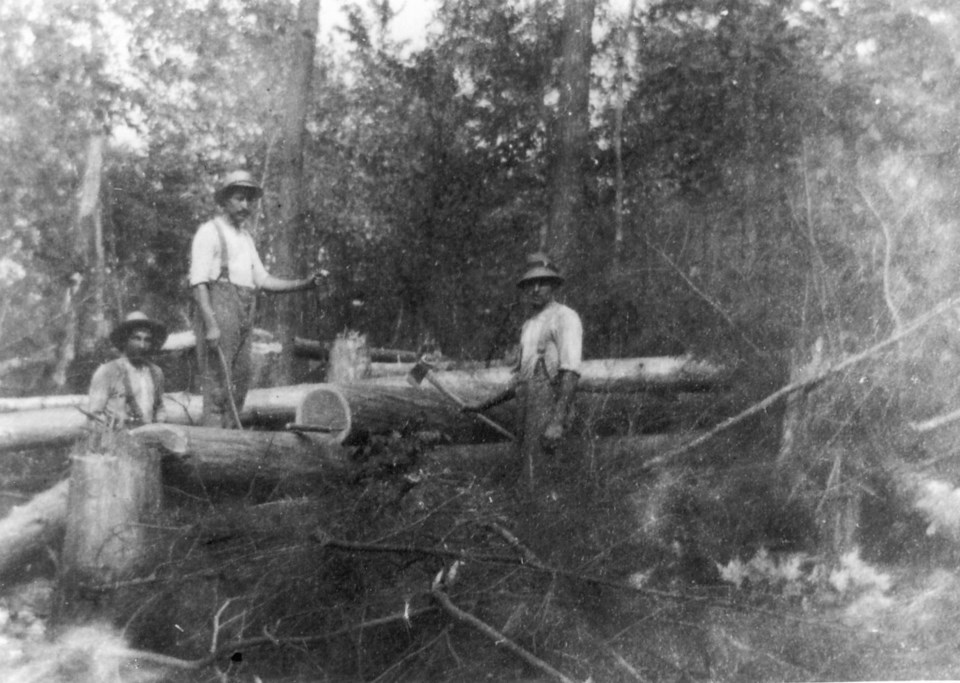In 1850, the Ontario, Simcoe and Huron Railway was chartered to link Toronto (Lake Ontario) with Lake Simcoe and Lake Huron.
Sod was turned the following October, and by 1854, the line had reached Barrie. At the time, the railway was jokingly referred to as the ‘Oats, Straw and Hay’ line as agricultural goods dominated its revenue.
That soon changed, thanks, in part, to a pair of industrialists: James Bell Ewart and Henry Williams Sage.
Born in England in 1801, Bell Ewart emigrated to Upper Canada (Ontario) in 1817 and began a Hamilton-area business empire that included half a dozen gristmills, a bank, a distillery, cooperages, and blacksmith shops. He invested in railroads and canals and owned one of the province’s largest foundries.
As the Ontario, Simcoe and Huron Railway pushed its way north, Bell Ewart saw an opportunity. Though he is best known as an industrialist, he also made a considerable fortune speculating in land. It was this that brought him to Innisfil. He bought a large parcel of land at the lake end of the spur line, and then had the land surveyed and subdivided into town lots. He envisioned a port that would become a prominent centre of commerce and convinced the Ontario, Simcoe and Huron Railway to build a one-mile spur line running to the shore of Lake Simcoe, branching off the main line just south of Lefroy.
Bell Ewart died on Dec. 17, 1853, but his dream didn’t die with him; his heirs continued to sell parcels of land and, sure enough, a vibrant community named Bell Ewart (it became Belle Ewart decades later) in his honour developed.
One of those who purchased land in early Bell Ewart was Sage, of Albany, N.Y. In 1854, the 40-year-old, wealthy from running a line of barges on the Erie Canal and a wholesale lumber yard in Albany, built a large sawmill at Bell Ewart. Sage needed a fresh source of lumber to keep his yard well stocked.
Unlike most lumbermen, Sage didn’t own timber limits he could harvest from. Instead, he purchased logs from farmers all around Lake Simcoe, and they had many as they cleared their land to create fields from forests. Steamboats towed the logs in vast booms to the mill at Bell Ewart. After being milled, the lumber was carried by train to Toronto (the railway offered Sage a reduced rate if he guaranteed a certain number of carloads per month) and then shipped across Lake Ontario to New York state.
Sage sold the sawmill to Silliman and Beecher in 1869. It continued operation until July 24, 1879, when it burned down.
By then, Bell Ewart was well established as a thriving community, and the Ontario, Simcoe and Huron Railway, then part of the Northern Railway, had moved beyond its derisive ‘Oats, Straw and Hay’ moniker to become a profitable line carrying all kinds of goods — both thanks, in part, to visionaries Bell Ewart and Sage.



